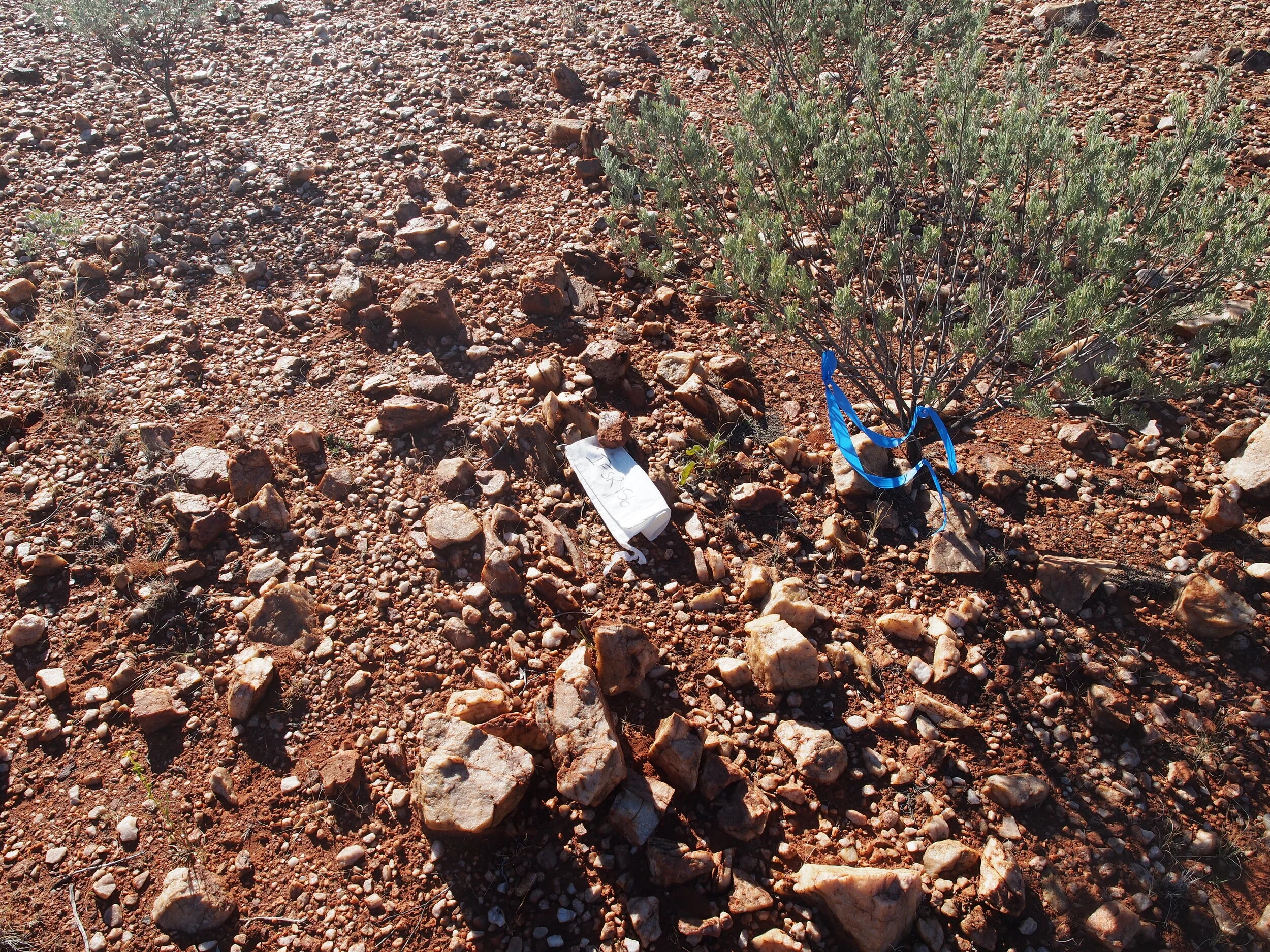Yerrida North
Figure 1: Airborne gravity gradiometry with interpreted major tectonic zones, and the Oval and Oval South Targets.
The Oval and Oval South Targets are hosted within the vastly under-explored Yerrida Basin, located adjacent to the DeGrussa and Monty Cu-Au Volcanic Hosted Massive Sulphide deposits (VHMS).
Great Western interprets Oval and Oval South represent DeGrussa Style VHMS Copper-Gold Targets, because they share many coincident geological and geophysical features.
Great Western interprets that Oval and Oval South’s coincident geophysics anomalism, location on a major crustal mantle tapping fault intersected with a basin defining growth fault, and within favourable stratigraphy creates the potential for a large discovery to be made.
This view is supported by the fact that numerous significant key factors have been identified at Oval and Oval South which Great Western believes greatly enhance the prospect of discovering a giant Winu-style intrusive related copper-gold system. These include:
The drilled geological units and associated textures and alteration defined to date (supported by geochemical analysis) supports a VHMS mineralisation environment;
Trace element data of the mafic volcanic rocks indicates a subduction-related formation setting prospective for VHMS mineralisation;
VHMS pathfinder co-enrichment (Cu-Au-Bi-S-Zn-As-Pb-Ag-Te-Sb-In) on discrete sedimentary horizons indicats multiple possible fallout zones from adjacent VHMS “black smokers”;
The volcanic and sedimentary rocks intersected are interpreted to be part of the Killara Formation, where previous work indicating this package is the stratigraphic equivalent of the DeGrussa Formation), host to the DeGrussa Copper-Gold VHMS Deposit;
Airborne gradiometry gravity highs are coincident with prospective volcanic and sedimentary rocks intersected;
Position of the Oval target on the crustal scale fertile Ida Fault, that is intersected by a basin defining “growth fault”, is regarded as a favourable position to produce a VHMS mineralisation system; and
Position of Oval within an east-west intrusive corridor, a potential zone of weakened crust for focused metal accumulation within the Killara Formation.
Juggernaut Copper-Gold Target
The Juggernaut Copper-Gold Targets were identified during a review of legacy lag and soil sampling data completed by Xstrata in the mid to late 2000s. In particular, this review identified a large lead-zinc lag soil anomaly that was not drill tested.
Great Western completed considerable additional lag soil sampling west and north of this identified zone of anomalism. The sampling extended the lead-zinc anomaly footprint and, importantly, identified copper anomalism to the north. Two anomalous zones were interpreted to represent one broad and zoned geochemical anomaly.
Field mapping and rock-chip sampling was then undertaken to ground truth the soil anomalism, with geological units mapped including sedimentary rocks (siltstones, sandstones, cherts/exhalates) and basaltic volcanic rocks of the Killara Formation. The basaltic units included pillow and pepperite textures, representing sub aqueous deposition. The association between sedimentary and volcanic rocks suggest a deep seafloor geological environment with syngenetic volcanic activity, particularly evident by pillow and pepperite textures within the basaltic units.
The Killara Formation has been determined by previous studies to be the equivalent of the DeGrussa Formation, host to the DeGrussa and Monty copper-gold VHMS Deposits in the adjacent Byrah Basin. The Killara Formation is thought to be of similar age with similar types of sedimentary and volcanic rock units of the DeGrussa Formation.
Rock-chip sampling completed at Juggernaut recorded significant results that included: silver (ranging between 0.24g/t to 20g/t), lead (range: 145ppm – 4,460ppm), zinc (range: 682ppm – 4,850ppm), and copper (range: 427ppm – 850ppm).
Great Western interpreted the zoned lag soil lead-zinc and copper anomalism together with the mapped geological association between sedimentary and volcanic rocks suggests a deep seafloor geological environment, represents a highly prospective VHMS mineralisation system at Juggernaut.
The Company believes the mapped geological units at surface represent a position outboard from a volcanic vent, with potential at depth to define copper mineralisation below a black smoker position of a VHMS system. The association between the mapped fault and interpreted fault structures and lag soil copper anomalism is considered potential leakage of mineralisation at depth.
Further interpretation and modelling of the geological, geochemical, and structural data by Great Western has found Juggernaut represents a potential VHMS copper-gold “camp”, with six separate drill targets defined. VHMS style mineralisation is often formed in clusters of deposits and the Company believes these six individual targets represent this mineralisation characteristic.
Figure 2: Location of the Juggernaut VHMS Target in relation to Great Western Tenements within the Yerrida Basin, the Company’s Oval Copper-gold and Sumo Niobium Targets, and the DeGrussa and Monty copper-gold VHMS deposits.


